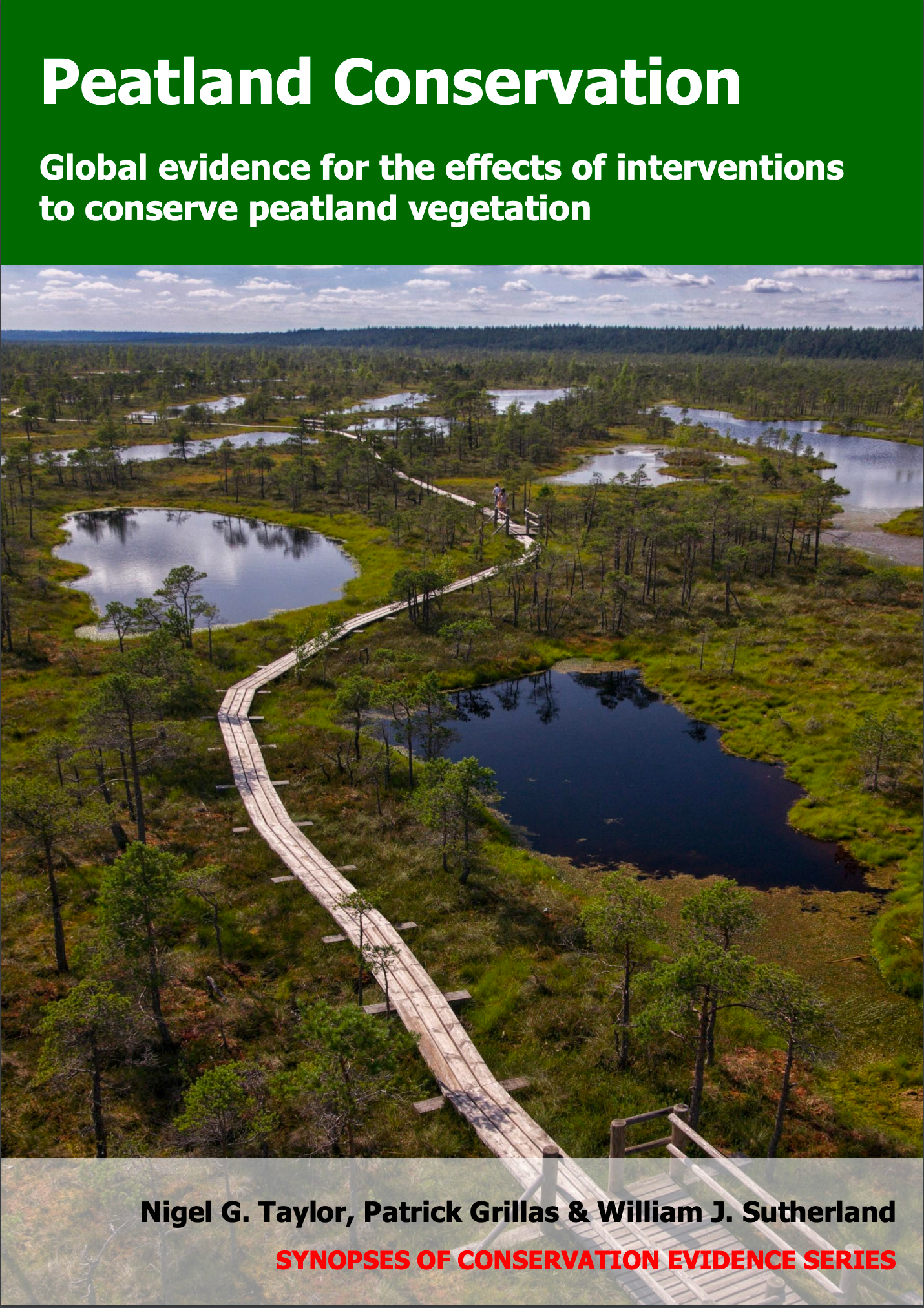Build artificial bird perches to encourage seed dispersal
-
Overall effectiveness category Unknown effectiveness (limited evidence)
-
Number of studies: 1
View assessment score
Hide assessment score
How is the evidence assessed?
-
Effectiveness
20% -
Certainty
20% -
Harms
1%
Study locations
Supporting evidence from individual studies
A replicated, paired, controlled study in 2007–2008 in a degraded, burned, peat swamp forest in Kalimantan, Indonesia (Graham et al. 2011) found that installing artificial bird perches along a forest edge had no effect on tree seedling abundance. After one year, seedling density was not significantly different under artificial perches (2–6 seedlings/m2) and in adjacent plots not under perches (1–2 seedlings/m2). Most seedlings under the perches were tampohot Syzygium sp. (79% of all seedlings). In July 2007, ten 8 m tall artificial bird perches were erected in logged and burned peatland, 50 to 200 m from the edge of a remnant forest patch. Two 1 m2 plots were monitored for each perch: one directly underneath the perch and one next to it. All seedlings initially present were marked. In July 2008, new tree seedlings were counted.
Study and other actions tested
Where has this evidence come from?
List of journals searched by synopsis
All the journals searched for all synopses
This Action forms part of the Action Synopsis:
Peatland Conservation
Peatland Conservation - Published 2018
Peatland Conservation





)_2023.JPG)














